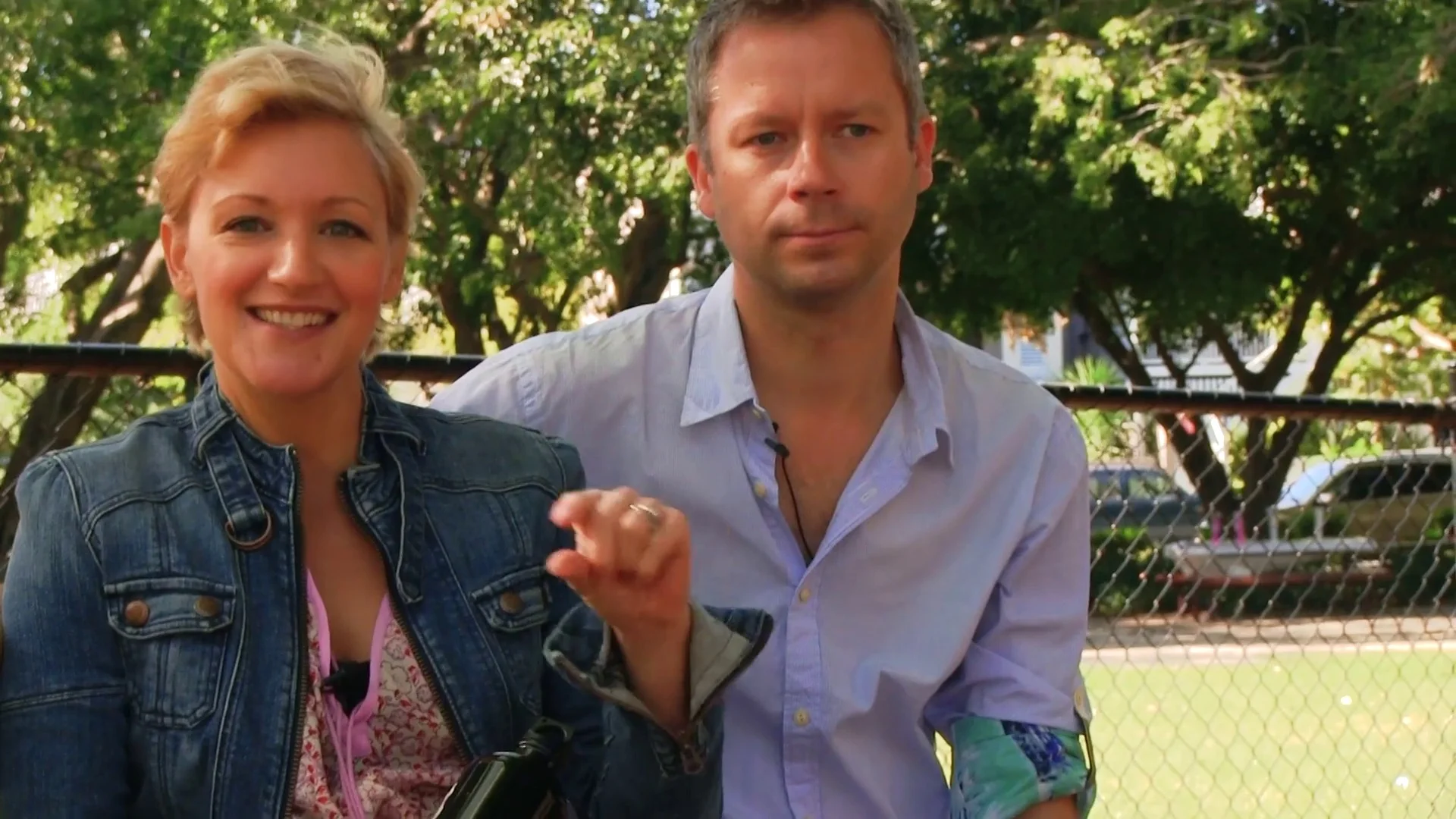Your Results
Do you want to be financially independent?
Why Invest?
According to a report by the Australian Bureau of Statistics (ABS), only 4% of Australians live to be financially independent by age 65. For every 100 people:
63 are on government welfare
29 are deceased
4 are still working
3 are financially independent
1 is wealthy
Most people are in the workforce for 45 years (aged 20-65). The decisions which we make during these years will determine what like looks like beyond age 65.
Do you want to join the 4% (financially independent)?
Remember, a debt free family home doesn’t produce income. How will you pay for utilities, food, transport, entertainment, and holidays. Superannuation will be nowhere near enough to replace the income required to live life on your terms. A “rule of thumb” formula for calculating the size which your investment portfolio (net of all liabilities) needs to be is to multiply the required income stream you want by 20. For example:
Required income (debt free) x 20 = Investment portfolio value (net of liabilities)
$80,000 pa x 20 = $1,600,000 **
** This figure excludes the value of your family home, and does not take in to account inflation.
Self-Managed Super Funds (SMSF)
More than one million Australians are now members of a SMSF; it has fast become the largest component of Australia’s superannuation sector. Arguably the biggest attraction to setting up a SMSF is the desire to be active with retirement decisions and greater control. More and more SMSF’s are investing in direct property. If you are a trustee of an SMSF and looking to engage a professional to assist with residential property asset selection, PROPERTYOLOGY may be able to assist you.
The primary difference between having a SMSF and a more traditional (retail or industry) fund is control over the investment decision. Legislation changes in 2007 made it possible for SMSF’s to borrow money so that they could take advantage of the Power Of Leveraging and invest in more valuable assets such as property (refer illustration to the left).
So, it is possible to now combine some of your SMSF capital with a bank loan and buy an investment property. Once your SMSF has purchased the property, the costs associated with paying off the loan and holding the property is funded by rental income and your employer superannuation contributions.
The Australian Taxation Office describes an SMSF as “… a private superannuation fund you manage yourself, regulated by the Asutralian Taxation Office. SMSF’s can have up to four members. All members must be trustees (or directors if there is a corporate trustee) and are responsible for decisions made about the fund. If you have an SMSF, you are responsible for managing it and complying with all releant laws. SMSF’s are a legal tax structure with the sole purpose of providing for you retirement”. For more information from the ATO …
http://www.moneysmart.gov.au/superannuation-and-retirement/self/managed-super-fund-smsf
SMSF is a complicated topic with specific considerations needed in respect to general retirement planing, taxation, legal structures, loan and financial structures, investment strategy, compliance and insurances.
PROPERTYOLOGY is not a licensed superannuation advisor. Trustees of SMSF’s may see value in appointing PROPERTYOLOGY for assistance with asset selection. Other members of our team are qualified to assist clients with loans for SMSF’s.
In other words, it is possible to buy an investment property through superannuation without using any of the equity in your personal assets, without tying up your family home, and without any input whatsoever from your household budget. It’s not hard to understand why there has been so much growth in SMSF’s.
Regrettably, too many people with SMSF’s still adopt an amateurish investment selection process and end up placing their hard-earned superannuation in to poor performing assets. It’s still important for the SMSF to invest wisely and this is where PROPERTYOLOGY can help you.
There are limitations, restrictions, and risks associated with buying property within a SMSF. A simple comparison:

















